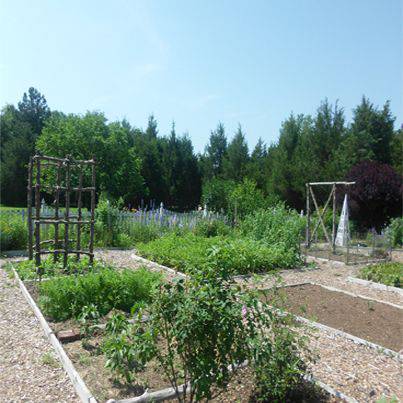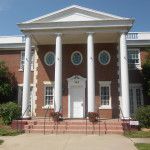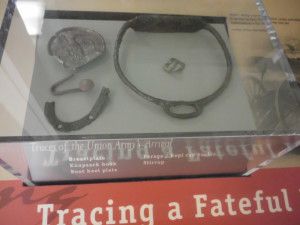Ferry Farm in Fredericksburg, Virginia was George Washington’s home from the time he was 6 years old until he was 20. It’s the place he played as a child, became an accomplished surveyor and if the story is true – it’s here he took an ax to the infamous cherry tree.
Today visitors to Ferry Farm learn the story of the first president’s boyhood home but may be surprised to find archaeologists at work identifying thousands of artifacts on what is an active archaeological site.
Housed in what was originally constructed as a boys home in the 1960’s, the Visitor Center features three distinct exhibits. The first one focuses on the first president, “George Washington: Boy Before Legend.” The exhibit details his boyhood years spent at Ferry Farm.
The second exhibit, “Dig to Discover, Analyze to Recover” explores how the archeology lab works and utilizes the Civil War at Ferry Farm as a case study.
Finally, the third exhibit, “Shared Landscapes, Separate Realities” examines the life of the Washington family and their slaves throughout the years after George’s father, Augustine’s death in 1743.
The self-guided walking tour lets visitors explore the 113 acres Washington called home as a child. Guests can spend time in the demonstration garden where colonial-era and modern flower species bloom.
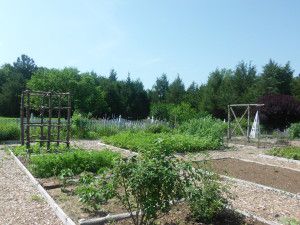
Leave the garden and enter an active archaeological site. Explore the dig-site and see where the original Washington home once stood. 10 stops comprise the tour including one at the location the ferry for which Ferry Farm is named once crossed the Rappahannock River.
While this lush land is best known as the home of the first president, it’s also steeped in Civil War history. The Union Army camped at Ferry Farm in 1862 and once again prior to the Battle of Chancellorsville in 1863. Not only were soldiers encamped on the farm, it’s estimated that hundreds of slaves crossed the river at Ferry Farm each day seeking freedom in the north.
On December 11, 1862 Ferry Farm became a combat zone at the beginning of the Battle of Fredericksburg. By the end of the war the farm, once an idyllic country setting, was nothing more than a barren, desolate landscape. All trees had been cut down and used as firewood and the soil so severely damaged the only crop that would grow was corn.
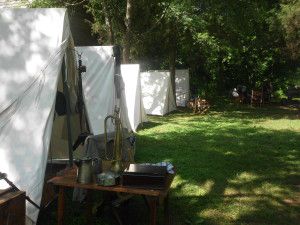
According to the docent in the Visitor Center, Fredericksburg didn’t fully recover from the ravages of the Civil War until 1975. It’s no wonder Abraham Lincoln was quoted as saying when he visited after the Battle of Fredericksburg, “If there is a worse place than hell, then I am in it.”
Because Ferry Farm is the boyhood home of George Washington and a site engulfed by the Civil War the grounds are rich with historical artifacts. Guests can see objects on display from the colonial-era, Civil War era as well as treasures from pre-historic times.
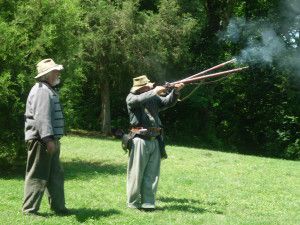 I had the good fortune of visiting Ferry Farm during a Civil War reenactment. Demonstrations on shooting and the cavalry as well as an army camp-site were an added treat. The interactive nature of the exhibitions put on by the interpreters brought to life the story of Ferry Farm.
I had the good fortune of visiting Ferry Farm during a Civil War reenactment. Demonstrations on shooting and the cavalry as well as an army camp-site were an added treat. The interactive nature of the exhibitions put on by the interpreters brought to life the story of Ferry Farm.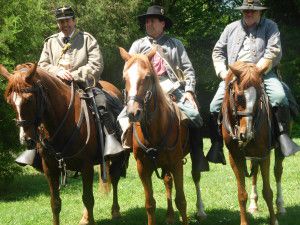
If there is one thought I took away from my time at Ferry Farm it’s how impressed and surprised I was at the amount and quality of unexpected history I found. I went to Ferry Farm anticipating a tale of Washington throwing a rock across the river but came away in awe of the stories and the yet to be told stories lying beneath the soil.
If you like this, please share it with your friends. And as always, Happy Travels!

